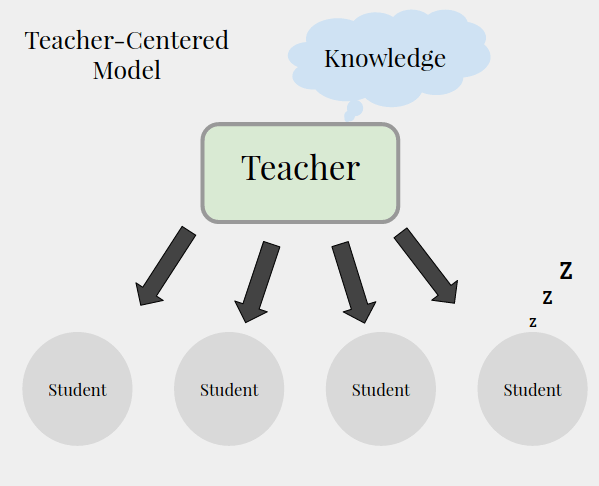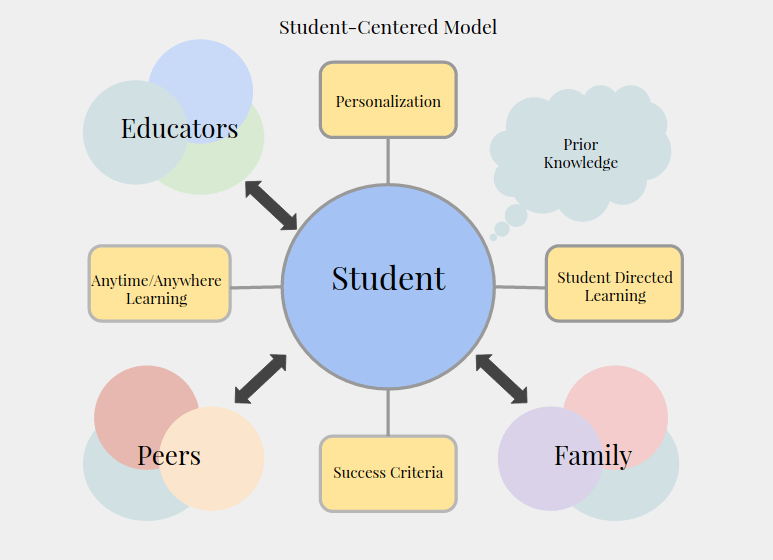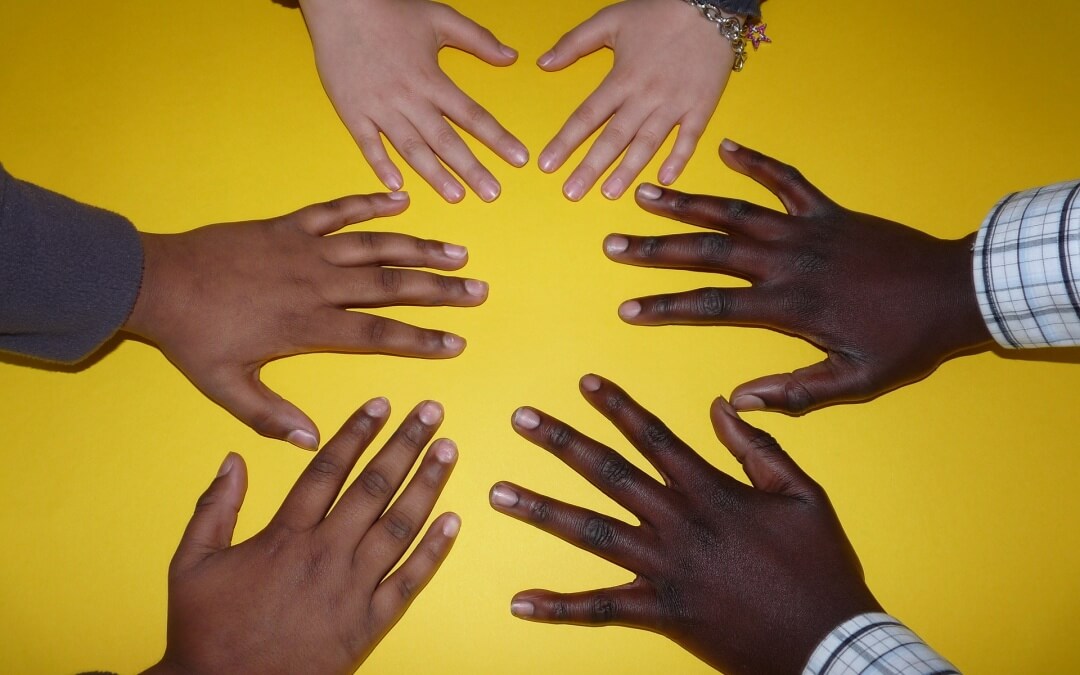Student-centered learning
Student-centered learning is a long overdue trend in education. You may have heard this phrase a few times if you’re active in the realm of education, or at your child’s school. The phrase is quickly becoming elevated to buzzword status. But what does it really mean to have learning be student-centered? Here are a few points to help clarify what an educator might mean in any given context, and what to expect from this educational model.
What does “student-centered learning” actually mean?
Student-centered learning is based on the constructivist theories of education championed by Swiss clinical psychologist Jean Piaget. Piaget observed that children cognitively construct knowledge and meaning through new experiences and interactions, as opposed to rote memorization. (Did this really come as a surprise to anyone?)
This approach to education is often juxtaposed to the old way of teaching. That is, the teacher imparting all knowledge without regard to, or input from, the student. (Cue flashbacks of Ben Stein in Ferris Bueller’s Day Off: “Bueller… Bueller”)

There are several different ways that an educator can attempt a more student-centered approach. Here are a couple of strategies that are commonly confused with student-centered learning:
- Personalized learning is a student specialized approach where the student’s interests and culture are taken into consideration and incorporated into their education. While this may certainly engage the student in the learning process, it is just one component of a fully student-centered approach.
- Project based learning is yet another engaging strategy that is sometimes equated with student-centered learning. While this encourages students to develop an array of skills that can be applied anytime/ anywhere, this is not a completely student-centered approach. Though, any student-centered program will certainly incorporate the generalization of skills that project based learning promotes.
Although they are a step in the right direction, both of these approaches may still be firmly rooted in a teacher-centered model if they grant full oversight of the learning process to the educator, undermining the student’s ability to identify:
- What they want to learn
- How they are going to learn
- How they are going to track their progress
- How they can determine their success and improve, as needed.
This type of learning is student directed and owned, meaning the student has a stake in their education alongside parents and educators. True student-centered learning must also be determined by success criteria, or the concrete elements that should be included in their work at each step. The instructor needs to clearly articulate the criteria of success when giving an assignment to students. This ensures that students can identify, understand, and track the quality of their work with the support of their educational community. This process of formative assessment allows the student to essentially ‘grade’ themselves and discover exactly what to do to improve their work. If you question whether or not an educational program is truly student-centered, consult this brief litmus test of questions to ask, provided by The Core Collaborative. We’ve found these questions useful to consider when we customize each of our student’s unique programs at the Literacy and Language Center.

The most ideal education incorporates the learning needs and interests of the student, while simultaneously enabling the student to track, guide, and have a stake in the process of their education.
How can a child’s interests be incorporated into their education?
There are a myriad of ways that interests can be incorporated. That interest in their favorite video game or cartoon can easily be incorporated into a points sheet, reward system, or other instructional materials. Have a student with a taste for all things Minecraft? You can make Minecraft themed flashcards to review common reading and spelling rules. This helps students buy into their learning process.
Fascinations and interests easily lend themselves to fun projects and reward systems, just as they lend themselves to the development of literacy via an ever-present thirst for knowledge. Educational and research tasks can be centered around topics that a child already holds a high amount of interest in. This is the sort of student specific attention that we have applied at The Literacy and Language Center for a number of years.
What does it mean for a student to have a stake in their education?
It has become resoundingly clear to us at the Literacy and Language Center that students have the ability to identify their academic strengths, as well as their weaknesses. When students come to us, many of them know what it is that they want to learn, or what it is that they may struggle with in school. Their entire program is presented to them through the lens of discovering strategies that are going to help them succeed in school and beyond.
Students can and should track their own learning goals. When they can see that success is within reach, they become more self-motivated. Creating and tracking their own goals provides the student access to a stake in the outcomes of their education. Many of the students who come to us are experiencing this for the first time.
The problem is that not all educational programs may be offering students this opportunity. If that is what you are looking for, it’s important to know what to expect.

Why is student-centered learning important?
Aside from a growing body of research that praises the benefits of putting students at the center of their learning process, we invite you to consider what a paradigm shift this is for a child.
Imagine that you are, say, a third grader who encounters a teacher who wants to sit down one-to-one with you and learn more about you as a person. What if that same teacher who discovered your love of comic books incorporates images of your favorite characters into your learning materials the next day; how would you feel? Now, imagine that your teacher designed a personalized goal tracker, and asks you for input on your learning goals. What would it be like to be able to track and see your own progress visually, without relying primarily on input from your teacher? After some time, your teacher meets with you to review your strategies and success, while also encouraging you to brainstorm new ways to improve. This style of instruction gradually develops independent thinkers, endowed with the tools necessary for lifelong learning.



Recent Comments